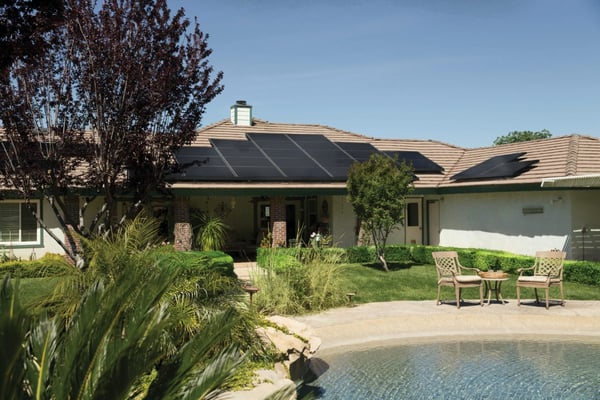With green building technology becoming more and more ubiquitous, solar energy is one of its most common features. This article will break down the benefits and challenges of solar panels in new home construction.
The obvious benefit of solar energy is the long term savings it offers and even the potential of being in a net-zero situation, whereby the energy used in a residence is the same as the energy produced. While this is all very appealing to a homeowner, does it really benefit a builder or investor? The truth is, it does.
Solar panels add tremendous value to a home because of the long term energy savings they provide, making them an excellent investment for a builder. Furthermore, because of the initial costs of installing them, for an existing homeowner, the cons might outweigh the pros, but if those solar panels are already installed and ready to go, it’s a no brainer for the buyer, and provides a great return on investment to the builder.
So what are those initial costs? On average, installation of solar panels runs between $40,000 - $75,000. Of course, this depends on how many you need, and how much energy the home needs. For smaller homes, it would be less expensive. Many states also offer tax credits for solar energy, bringing down the cost by as much as $10,000 - $15,000. Other things to consider are the climate, and the rate of insolation.
Insolation is a measure of how much solar radiation hits an area over a certain period of time. For example, a place like Los Angeles would have a much higher insolation rate than Boston. That does not mean a home in Boston cannot run using solar energy, it simply means it would need a greater number of panels, which of course, would affect the cost. Other things to consider are features in and around the lot. If there are tall buildings or a great many trees surrounding the property and creating shade, solar panels may not be a viable option.
Another pro of solar panels is that they are very easy to maintain. Because they are stationary, they have no moving parts, and therefore can’t really “break down”. They are resistant to four season weather conditions, and need only to be hosed down a couple of times a year, because things like leaves, dirt, or animal droppings reduce the amount of surface area capturing the sun’s rays. Lastly, their life span is long, about 30 years on average.
Overall, while solar panels may seem like a daunting and expensive undertaking for you, the builder, think about their appeal to potential buyers, and the fact that they are becoming more and more commonplace. As energy costs inevitably rise, considering solar energy as part of your new build will give you an advantage over your competitors, and because of the value they bring to a home, can prove to be an excellent return on investment.

Recent Posts
- Spec Home Loans: Complete Guide to Construction Financing for Builders
- Spec Construction Loans: A Spec Line of Credit Is Worth the Paperwork
- Spec Homes and Pre-Sale Homes: Relative Benefits for a Spec Builder
- Spec Construction Success: Insights for the Investor Builder
- How Is a Spec House Different From Other Kinds of House Construction?
